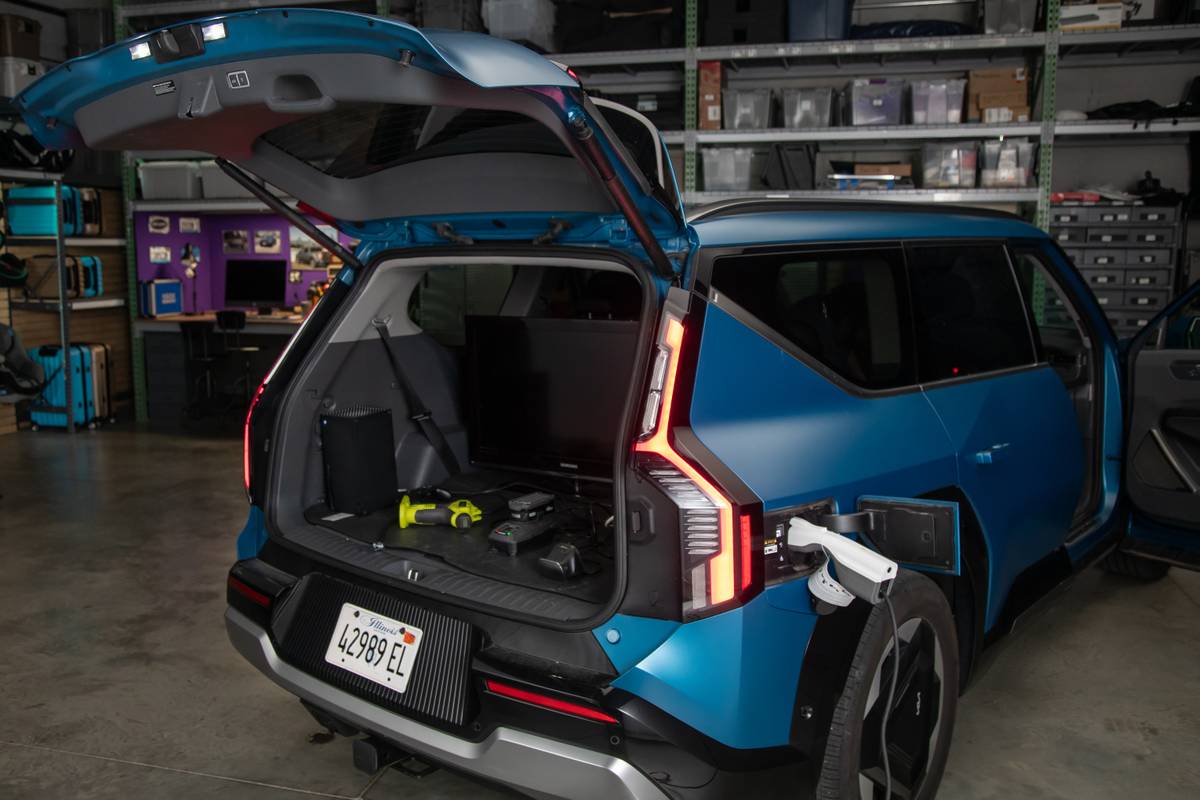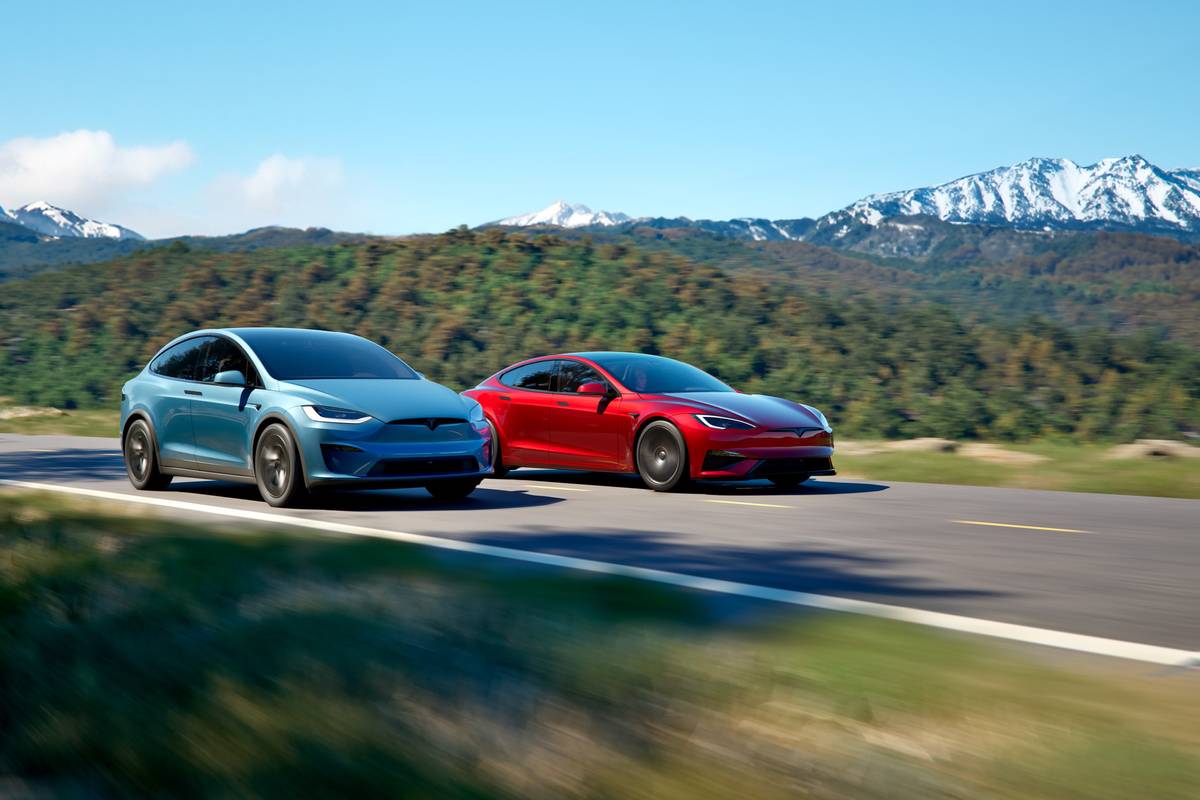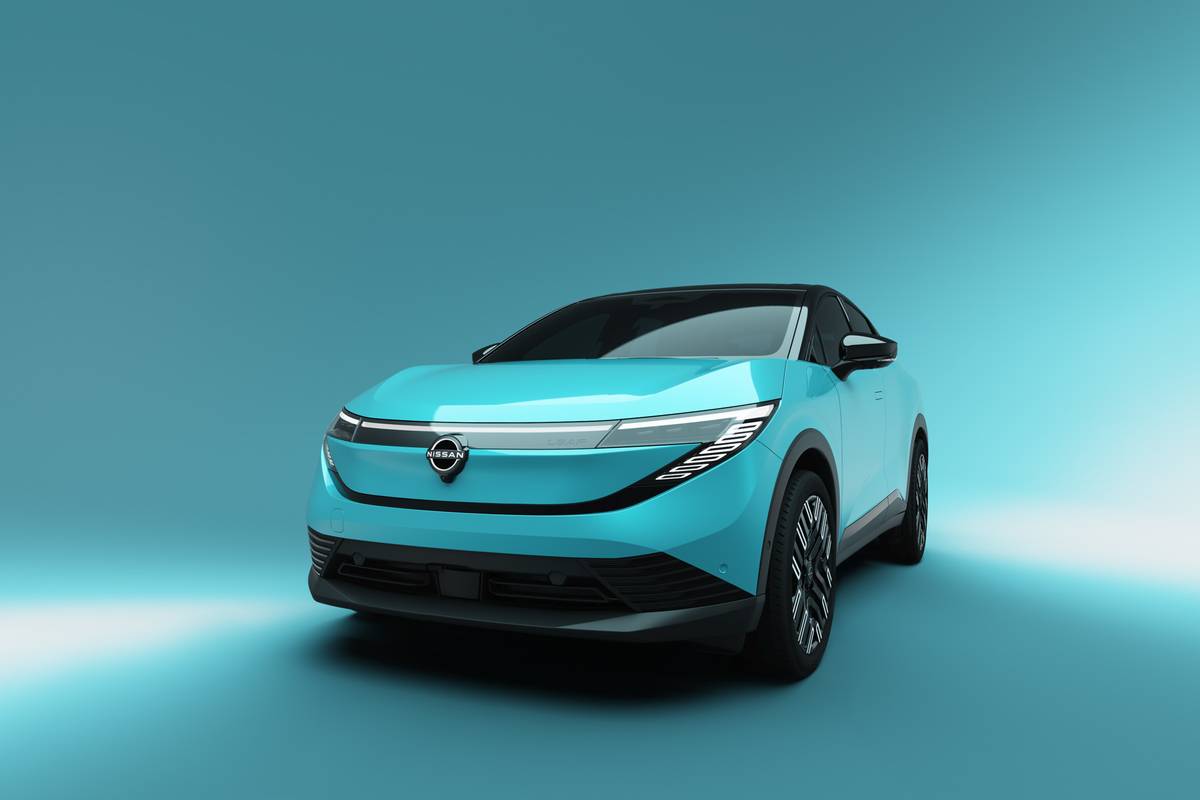chicagotribune.com's view
Over the years the diesel engine, rotary engine, electric motor, gas/electric hybrid and hydrogen fuel cell have been considered the replacement for the reciprocating piston gasoline engine.
The fuel cell is the power source du jour, but in the 1970s the talk was all about the rotary, a revolutionary power plant developed by Felix Wankel that was going to rule the world.
Instead of the common pistons that moved up and down, the rotary featured a triangular-shaped rotor that spun in a round chamber. The rotary meant automakers could use smaller engines with fewer moving parts to get the same, if not more, power than big engines with more moving parts. Though small, however, the rotary tended to consume considerable fuel in delivering all that power.
Mazda brought out a rotary in the 1970s with its two-seat RX-7. Chevrolet developed a subcompact Monza and American Motors a subcompact Pacer to house a rotary engine, but concern for fuel economy killed the rotary for the Monza and Pacer and Chrysler’s purchase of AMC in ’87 killed off AMC.
But we digress.
Since dropping the rotary after the ’95 model year, Mazda has reasoned that its future lies in its past, at least that part of its past that provides niche vehicles such as the rotary RX that focused on performance.
So, the rotary is back for ’04 with the introduction of the RX-8, which isn’t meant to be a high-volume car, but rather one for only about 30,000 souls who “never lost the thrill of motion,” Mazda insists.
Zoom, zoom.
Just like the 2003 Mazda6 (Transportation, June 8), the RX-8 is a piece in Mazda’s millennium plan established in 2000, when it admitted its vehicles lacked global appeal and vowed to overhaul its lineup by 2005.
The differences between the RX-8 and RX-7 are evidence Mazda has done its homework on what made the RX-7 lack widespread appeal.
RX-8 styling sets it off from the crowd. Head and tail lamps have the popular jewel-like look and the front end sports a honeycomb grille, the hood a small “rotor bulge” and the front-quarter panels carry honeycomb engine air intakes.
The RX-8 also is longer with a wider stance, which translates not only into more cabin room but also more control and stability.
The RX-8 is bigger in every key dimension than the RX-7–wheelbase (106.4 inches versus 95.5), length (174.3 versus 168.5), width (69.7 versus 65.2) and height (52.8 versus 48.4). Room to stretch arms and legs and flex the hips means you don’t tire on long trips. The RX-7, though not as tight-fitting as a Miata, was so snug, you could hear a “pop” when occupants exited the seat.
Since letting out the seams makes for a nicer RX, you have to wonder why Miata owners fight increased dimensions.
While the RX-7 bowed as a two-seater, the RX-8 has a back seat served by a pair of swing-back doors. The back seats are big enough for only a couple of k ids but provide ample space to toss in the briefcase or duffel bag through those convenient rear-access doors, a design borrowed from the Saturn sports coupe. The trunk is big enough to hold a set of golf clubs and a few pieces of luggage.
Where some may grouse is that the RX-7 was powered by a 1.3-liter, turbocharged dual-rotor engine developing 250 horsepower. The RX-8 comes with a 1.3-liter dual rotor that develops 238 h.p. for spirited movement from the light. But don’t expect to be slapped back in the seat when you press the pedal hard to the floor.
You enjoy enough muscle to keep ahead of traffic, but don’t expect this machine to scream. One reason is fuel economy legislation that dictates otherwise. Another is that one of the reasons the RX disappeared after ’95 is that it became too pricey and the more power, the higher the price. Mazda is more interested, at the moment, in staying power than raw power.
The dual rotor comes in two versions, one teamed with a 6-speed manual and rated 238 h.p. for the enthusiast, the other a lower-revving version rated at 199 h.p. teamed with a 4-speed automatic for those who will use the car as an everyday commuter and don’t demand maximum power.
The car we tested came with the 6-speed manual and if you listen closely, the rumble-tuned exhaust complements your launches from the light. The 6-speed is a short-throw unit that, at times, was just a tad notchy.
If you opt for the automatic, what you lose in h.p. you offset in price, because it starts at $1,500 less than the 6-speed. Mazda is counting on most buyers to favor the manual.
The mileage rating with the 6-speed is 18 m.p.g. city/25 m.p.g. highway, nothing spectacular, but you don’t purchase an RX-8 to reduce your weekly fuel budget. You buy it to have some fun, or as Mazda boasts, enjoy the “thrill of motion.”
And most of the motion is well controlled, thanks to a sports-tuned suspension with double wishbones upfront, multilinks in back for stability and control. It delivers a comfortable, jostle-free ride and rather precise handling, thanks in part to the 18-inch radial tires. No need to back off the pedal on twisting roads.
The longer wheelbase also provides smoother ride, the wider stance contributes to improved handling.
The RX-8 comes with four-wheel anti-lock brakes as standard. The test car added the grand touring package for $3,900 that included stability control that employs the ABS and/or throttle control when wheel slippage is detected to keep you on course.
Good looks, nice ride, pleasant handling, roomy cabin and the convenience of four doors. But what Mazda is counting on to bring 30,000 thrill-of-motion seekers in the door is price.
The RX-7 started life as a $7,195 sports car for the masses in the 1979 model year, but became roughly a $40,000 machine for the elite by 1995. As one Mazda insider confessed: “The car outpriced itself.”
The ’04 starts at $26,680 with 6-speed manual, $25,180 if you go with the 4-speed automatic and are willing to accept the lower horsepower.
Standard equipment includes leather-wrapped, tilt steering wheel with cruise/audio controls, aluminum foot pedals and foot rest, illuminated vanity mirrors, overhead console with sunglass holder, center console with power outlet, AM/FM/CD stereo, 18-inch aluminum alloy wheels with locks, power mirrors, four-wheel ABS, remote keyless entry, side curtain air bags, air conditioning, power windows/locks, digital clock, four cup-holders and outside temperature gauge.
A power moonroof is part of the optional $3,900 grand touring package. A navigation system runs $2,000.
One drawback: a rotary engine still requires a rotary-skil led mechanic and so before taking off on long trips, jot down the names and numbers of Mazda dealers along the way.
TEST DRIVE
2004 Mazda RX-8
Wheelbase: 106.4 inches
Length: 174.3 inches
Engine: 1.3-liter, 238-h.p., dual-rotor
Transmission: 6-speed manual
Fuel economy: 18 m.p.g. city/24 m.p.g. highway
Base price: $26,680
Price as tested: $30,719. Includes $3,900 for grand touring package with dynamic stability/traction control, Bose audio system, Xenon headlamps, day/night mirror with Homelink, power moonroof, leather upholstery, 6-way power driver’s seat with lumbar support, heated seats, fog lamps, heated mirrors; $139 for polished rear rotary accents. Add $520 for freight.
Pluses: Rotary engine RX returns to the Mazda lineup in a less expensive, less snug, higher mileage, rather attractive package that comes with four doors, rear seat, and adequate sized trunk.
Minuses: Lots of options ($139 for polished accents?), with the major ones in packages only. Rotary engine requires a rotary skilled mechanic. Rear seat not meant for adults.
Latest news



